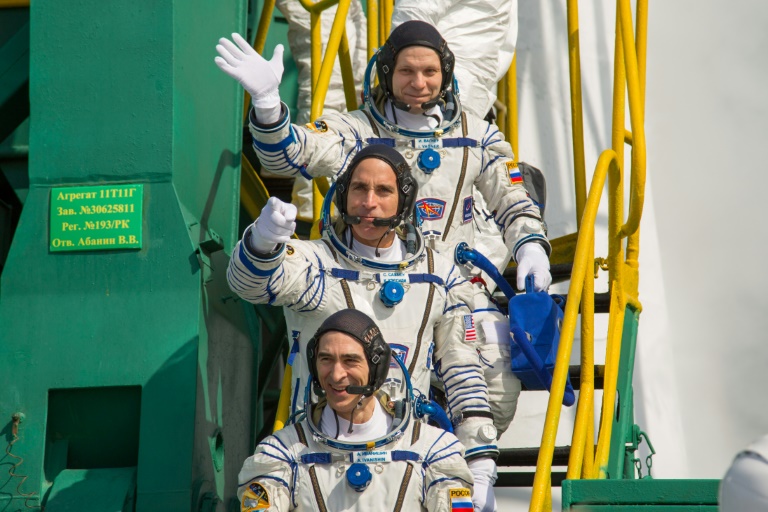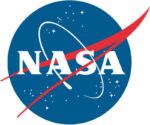Three-man US-Russian crew returns to Earth from ISS
Footage from the landing site showed a seated Cassidy bumping elbows with one member of the crew at the recovery site and saluting another after they exited the Soyuz MS-16 spacecraft, before they were taken to medical tents ahead of their onward journeys to Moscow and Houston.
“How are things?” asked Cassidy in Russian, smiling.
The three-man crew had blasted off minus the unusual fanfare in April with around half the world’s population living under national lockdowns imposed to contain the spread of the coronavirus.
They did not face questions from a press pack in Baikonur and were not waved off by family and friends — both time-honoured traditions before the pandemic.
Their pre-flight quarantine was also intensified as they eschewed customary sightseeing trips to Moscow from their training base outside the Russian capital.
Their mission also coincided with the arrival at the space station in May of the first astronauts to blast off from US soil for almost a decade.
The mission, carried out by tycoon Elon Musk’s SpaceX company as part of NASA’s commercial Commercial Crew Program, has helped fuel talk of a new “space race” between a number of countries.
But Russia’s Roscosmos, which enjoyed a lucrative monopoloy on travel to and from the space station from 2011, remains the fastest player in the game in terms of travel to and from the ISS.
Robert Behnken and Doug Hurley’s May journey to the space station and August return to Earth in the SpaceX craft saw the pair spend the best part of two days in transit.
Cassidy, Ivanishin and Vagner’s touchdown on Thursday by contrast came less than three-and-a-half hours after undocking, while a three-person crew reached the ISS from Baikonur in just three hours and three minutes last week, setting a new absolute record.
Prior to returning from his third mission in space, former US Navy SEAL Cassidy, 50, tweeted a picture of blood samples that astronauts have to submit at various points in their mission, including just before undocking.
“What is the price of a return ride back to Earth?….8 tubes of blood!! The 7 shown in this picture were taken in the morning to be placed in our deep freezer, and the 8th will be drawn just prior to undock for ground processing soon after landing,” sudoku puzzle fan Cassidy wrote.
First-time-flyer Vagner was a rare Roscosmos presence on the micro-blogging platform, where most NASA astronauts have a profile.
“Mama, I’m coming home,” the 35-year-old tweeted on Wednesday.
Ivanishin, 51, is wrapping up his third mission, after NASA’s Kathleen Rubins, with whom he launched to the ISS in 2016, arrived for a second stint aboard the station last Wednesday along with Sergey Ryzhikov and Sergey Kud-Sverchkov of Roscosmos.
The ISS has been a rare example of cooperation between Moscow and Washington.
Members recently reported issues with the oxygen production system, a toilet and the oven for preparing food.
But Roscosmos said in a statement on Tuesday that the issues had been “fully resolved by the crew”.
“All the systems of the station are working well and there is no danger to the crew or the ISS.”
Next month will mark the 20th anniversary of the orbital lab being permanently occupied by humans, but the station is expected to be decommissioned in the next decade due to structural fatigue.
Disclaimer: Validity of the above story is for 7 Days from original date of publishing. Source: AFP.


